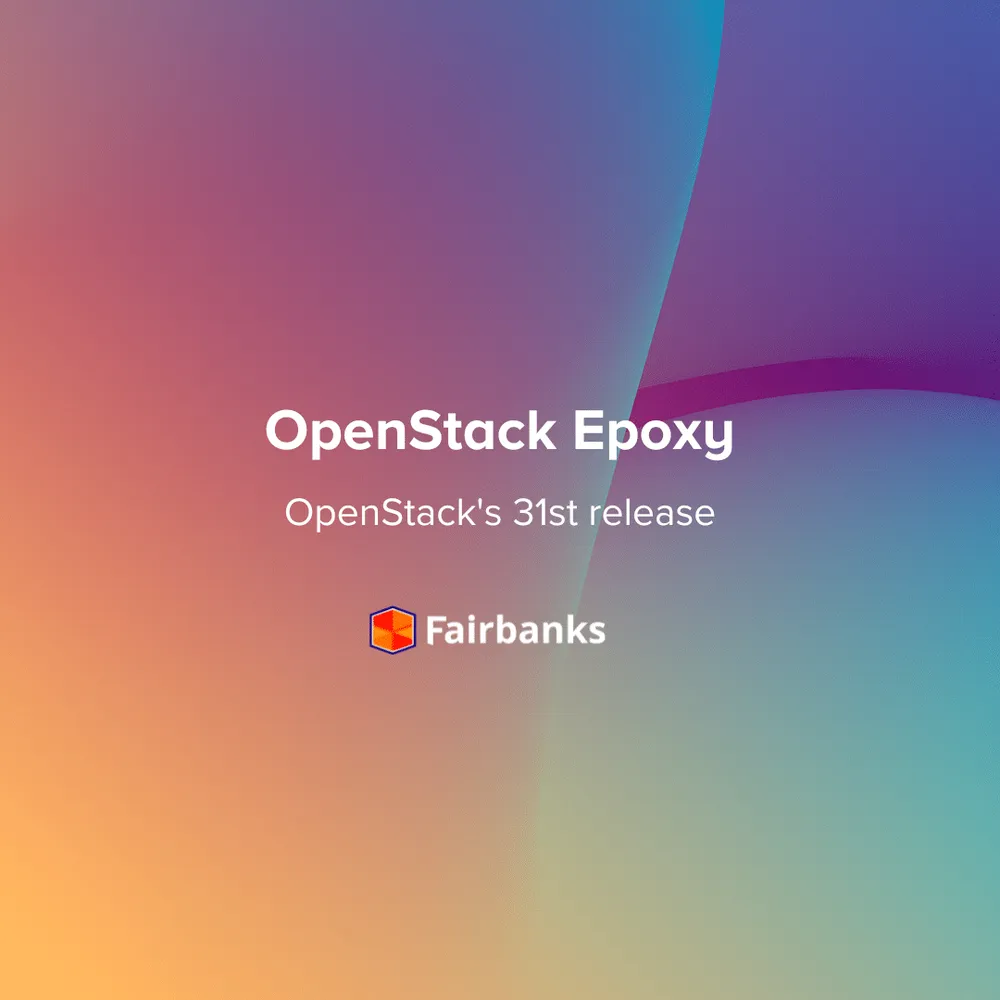The OpenStack ecosystem: Key projects and integrations
OpenStack is one of the most robust open source cloud computing platforms, offering a suite of tools and services to build and manage private and public clouds. Its modular architecture is powered by various key projects that integrate seamlessly to provide a flexible, scalable, and efficient cloud infrastructure.
In this blog, we’ll discuss the foundational projects within the OpenStack ecosystem, their roles, and how they integrate to deliver a cohesive cloud solution. By the end, you’ll have a clearer understanding of how OpenStack components work together to meet diverse cloud computing needs.
OpenStack at its core
At its core, OpenStack is an open source platform that orchestrates pools of compute, storage, and networking resources through APIs and a web-based dashboard. It’s designed to run on standard hardware, making it accessible for organizations of any size to deploy and scale their cloud environments.
The true strength of OpenStack lies in its modular architecture, which allows organizations to adopt and customize the platform based on their specific requirements. These modules are called “projects.”
Key projects in the OpenStack ecosystem
Below are the main projects within OpenStack, grouped by functionality:
1. Compute (Nova)
Purpose
Nova is the heart of OpenStack, providing a way to provision and manage compute instances (VMs).
Features
Integrations
Nova connects with other projects like Neutron for networking and Cinder for block storage.
2. Storage
OpenStack provides multiple storage solutions catering to different use cases:
3. Networking (Neutron)
Purpose
Neutron is responsible for managing networks and IP addresses.
Features
Integrations
Neutron works closely with Nova for assigning networks to instances and with Horizon for user management.
4. Identity (Keystone)
Purpose
Keystone provides authentication, authorization, and service catalog functionality.
Features
Keystone is essential for multi-tenancy, ensuring secure access to resources.
5. Dashboard (Horizon)
Purpose
Horizon offers a web-based interface for users and administrators to manage OpenStack services.
Features
Horizon simplifies cloud management, particularly for those less familiar with command-line tools or APIs.
6. Orchestration (Heat)
Purpose
Heat automates cloud infrastructure by creating templates for repeatable deployments.
Features
Heat integrates with other OpenStack projects like Nova, Cinder, and Neutron to automate resource provisioning.
7. Image service (Glance)
Purpose
Glance manages virtual machine images, allowing users to create and share images across their OpenStack environments.
Features
Integrations
Glance works with Nova to provision instances from stored images.
8. Telemetry (Ceilometer)
Purpose
Ceilometer provides metering and monitoring of OpenStack resources.
Features
Integrations
Works with Heat for scaling and with external monitoring tools like Prometheus.
9. Bare metal provisioning (Ironic)
Purpose
Ironic allows for the management of physical servers, extending OpenStack capabilities beyond virtualized environments.
Features
10. Containers (Magnum)
Purpose
Magnum provides container orchestration services on OpenStack.
Features
Magnum bridges the gap between traditional VM-based workloads and modern containerized applications.
How OpenStack integrations work
The power of OpenStack lies in how its projects seamlessly work together to deliver a unified cloud experience. Here are some examples of these integrations:
Conclusion
The OpenStack ecosystem is vast, but its modular nature ensures flexibility and adaptability to meet a variety of cloud requirements. By understanding the key projects and their integrations, organizations can leverage OpenStack to create a tailored cloud infrastructure that aligns with their specific needs.
Whether you’re building a private cloud, exploring hybrid models, or implementing container orchestration, OpenStack provides the tools you need to succeed—all underpinned by the collaborative power of open source.









